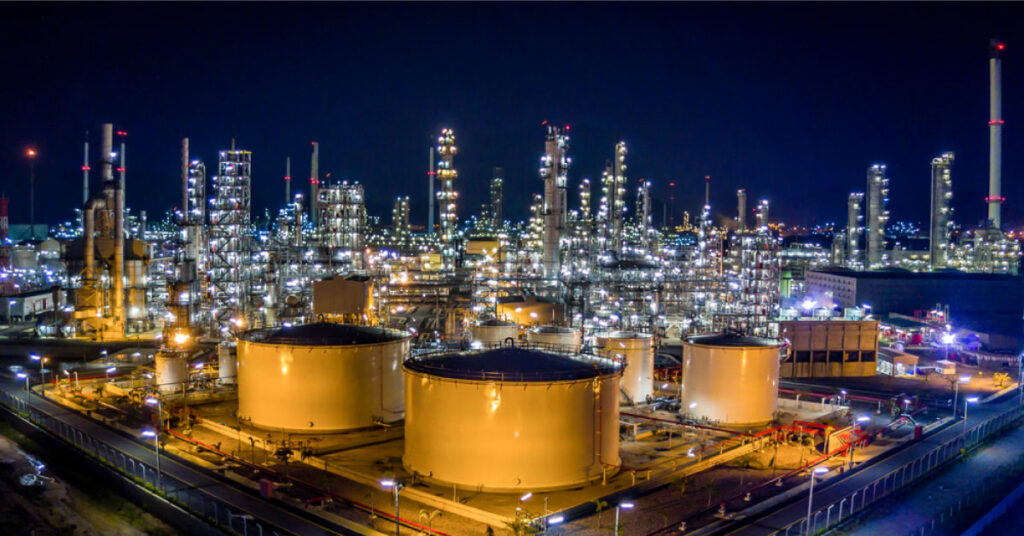The OPEC country Libya is known for its abundant oil production and natural gas reserves. The teeming oil reserves in the country are highest in Africa, around 41.5 billion barrels. The instability in the oil production led to the halt of Gazprom for ten months.
Libya relies upon petroleum for 95% of its exports and nearly 60 % of the GDP. Yet, the country saw a sharp decline in oil and gas revenues in 2020 by 92%. The third quarter of 2020 produced as low as 121,000 barrels per day.
The country slowly resumed the operations in production facilities in export terminals and ports. The Russian giant – Gazprom aims to produce 43,000 barrels per day to 62,000 barrels per day in 2021.
The new joint venture with the Libyan National Oil Corporation (NOC), Sarir Oil Operations B.V. (SOO) Company, will take over the development duties in units 91 and 107 in the Sirte Basin. The company plans for recovery with suitable measures to gain efficiency and establish a robust framework to boost oil production.
Additionally, the company will work on new fields this year at the El Assel field in c and look for improvements after researching the Rourd Saya and North Rourd Saya fields in Algeria.
The joint venture operated in Libya since 1966, Gazprom E.P. International holds 49% in the venture with Wintershall Dea, Wintershall Aktiengesellschaft (WIAG).
The joint venture had discovered and operated in 9 oil fields across two concessions in the Sirte Basin. Out of the most significant ones is the As-Sarah Field near Jakhira.
NOC chairman Mustafa Sanalla said they plan to stabilize the oil production to 1.45mn b/d by the end of this year, which was the highest in 2012, and plan to boost further in two years to 1.6mn b/d, and within 3-4 years from now, produce 2.1mn b/d.
Libya’s highly volatile crude oil market couldn’t produce enough due to political scenarios, civil wars, chaos, and aging infrastructure reasons.
Yet, last year, the country came back with nearly 1.25 million barrels a day due to a tentative truce. Nonetheless, the country needs adequate funds to upgrade the infrastructure, which also depends on peace and political settlement. The funds from oil exports and foreign investments from the energy partners who suspended the contracts amid the chaos will help in regaining the strength.
